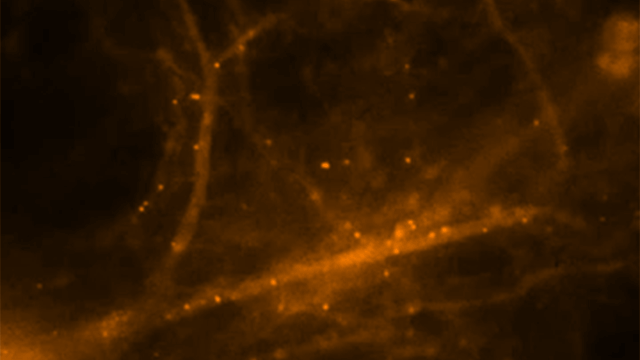This is How Your Brain Makes Memories and It Was Captured on Film [VIDEO]
2014.01.28

How are memories made in the brain? For the first time ever, scientists at the Albert Einstein College of Medicine of Yeshiva University have documented the process. They managed to capture how our brain makes memories in video.
Prior to this, Japanese scientists observed how a thought was formed. It was a whole different process compared to this.
These insights into the molecular basis of memory were made possible by a technological tour de force never before achieved in animals: a mouse model developed at Einstein in which molecules crucial to making memories were given fluorescent "tags" so they could be observed traveling in real time in living brain cells.
The memory forming process has been documented in two Science papers, and required researchers to "stimulate neurons from the mouse's hippocampus, where memories are made and stored, and then watched fluorescently glowing beta-actin mRNA molecules form in the nuclei of neurons and travel within dendrites, the neuron's branched projections."You can check out the process in the video embedded below. They found that "mRNA in neurons is regulated through a novel process described as "masking" and "unmasking," which allows beta-actin protein to be synthesized at specific times and places and in specific amounts."
According to Doctor Robert Singer, the research papers' senior author:
This observation that neurons selectively activate protein synthesis and then shut it off fits perfectly with how we think memories are made. Frequent stimulation of the neuron would make mRNA available in frequent, controlled bursts, causing beta-actin protein to accumulate precisely where it's needed to strengthen the synapse.
More Articles
Copyright © Fooyoh.com All rights reserved.